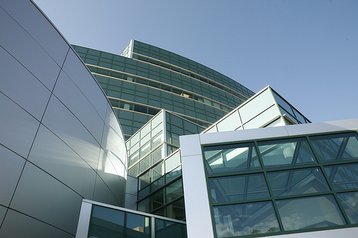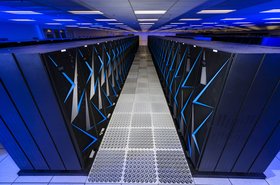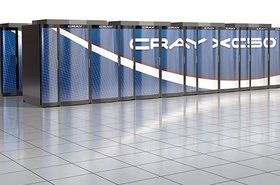US semiconductor designer Marvell has been awarded funding from the Los Alamos National Laboratory to accelerate the architecture, design and development of the advanced server technology required for more efficient usable operations per second per watt or operations per second per dollar of programmer time.
LANL is looking for fast, efficient supercomputers for nuclear weapons simulation and life extension of its existing stockpile. The Advanced Simulation and Computing (ASC) Program is working on Advanced Technology (AT) systems for 2021 and beyond to help power the National Nuclear Security Administration (NNSA)'s Stockpile Stewardship Program (SSP).
Marvell spokespeople were unable to provide specifics on the level of funding at time of going to press.
Marvellous
The company said that it will focus on advancing key areas of system architecture and silicon design to maximize the efficiency and overall performance of large-scale supercomputers.
“The funding from Los Alamos National Laboratory, combined with our ongoing technical collaboration, will further accelerate our designs and innovations for our future server products,” Gopal Hegde, VP and GM of the server processor business unit at Marvell, said.
The news comes a week after LANL announced it would deploy a Cray XC50 supercomputer, with Marvell ThunderX2 Arm processors. The Marvell ThunderX2 processors - previously known as Cavium ThunderX2 processors, until the company's acquisition this summer - are based on the Arm v8-A architecture.
“This collaborative and integrated development activity between LANL and Marvell is the first step toward creating a variety of new architectural components which will enable LANL’s goal of creating or enabling a family of system elements which are centrally focused on efficient mission-centric computing which is naturally the focus of the new LANL-led Efficient Mission Centric Computing Consortium (EMC3),” Stephen Poole, LANL senior architect, added.
“All of these activities will utilize a more balanced co-design process where system elements move toward application needs at least as far if not farther than applications have to move toward systems element design, and all target being integrated into potential future systems from multiple processor/component vendors and integrators.




